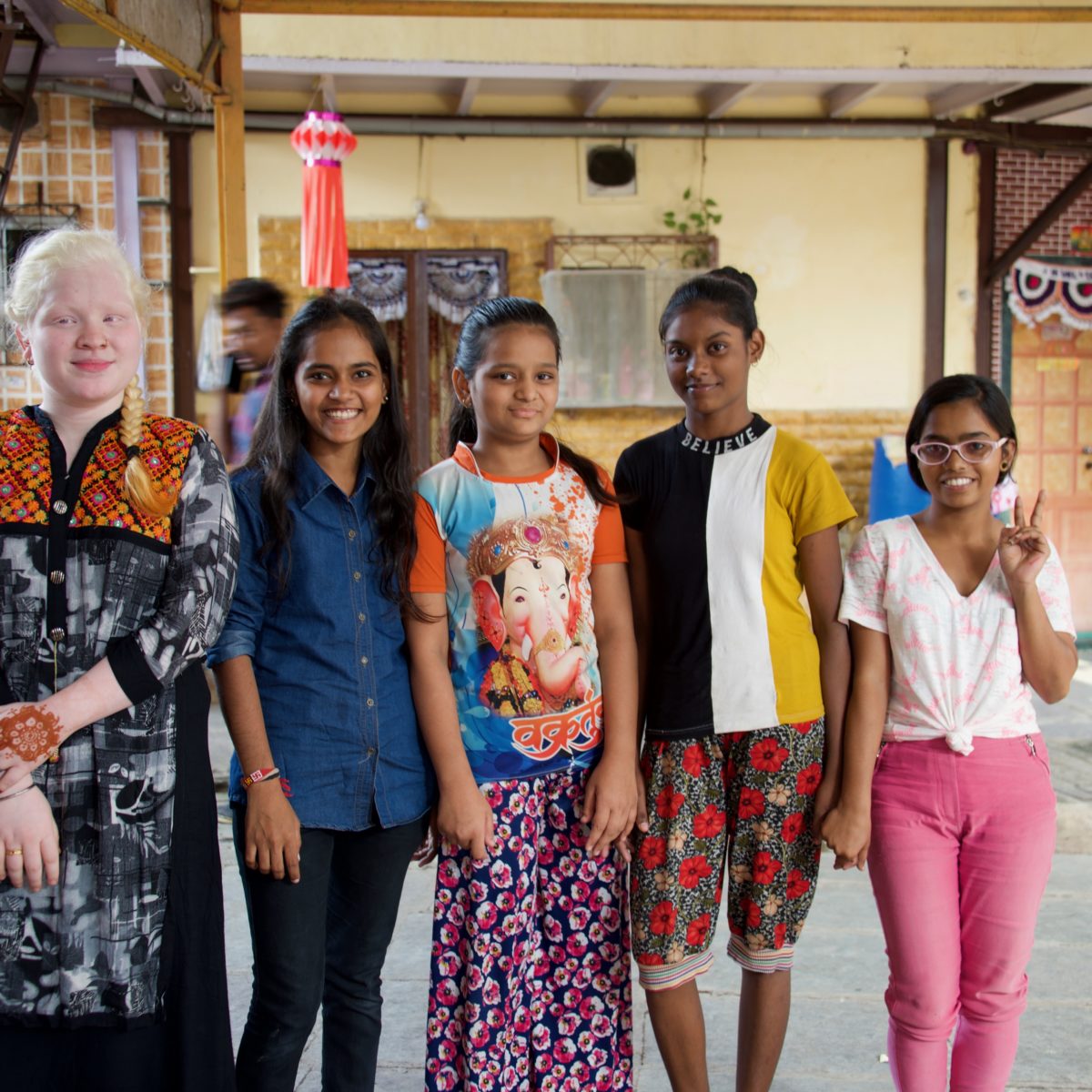
Blog
The intersectionality of our gender-based approach is imperative in this moment to reduce the vulnerability and to build the resilience of those girls who are all but invisible in the mainstream.
The Real Cost: Denying Intersectional Gender Justice
By My Lo Cook, Executive Director
October 15, 2020
Reading Time: 4 minutesOver the last few months and into next year, the experts are clear: Special attention must be paid to girl-centered issues in order to mitigate the regressive effects of the pandemic on gender equity around the world.
For instance, the lack of access to menstrual hygiene still holds girls and women back. In India and in many places, menstruating women and girls are deemed too dirty to go to school, to eat at the table, or to sleep in the family bedroom. Under these rules, physical isolation and poor nutrition hinders healthy habits to withstand the toll of the pandemic.
Patriarchal norms traditionally give preference to the education of boys and devalue the unpaid household chores carried out by girls. With the massive loss of jobs over the last several months, families are further deprioritizing educating girls, especially as secondary school is not compulsory and not free. Consequently, early marriage is threatening to become a reality for more girls than before COVID.
Before the pandemic, gender-based violence was reported to affect 1 in 3 women worldwide. The lockdown in India is increasing the risk of sexual and/or physical violence by cutting out access to safe spaces outside of the home, support systems, and other resources. Indeed, India’s National Commission for Women reported a rise of 94% in complaint cases where women have been abused in their homes during the lockdown in April.
The list of threats to the welfare and potential of girls is growing and only a gender-sensitive response to COVID can make the difference in breaking the tide.
However, we often forget that all girls are not treated equally either. The complex intersection of marginalization is leaving millions of girls–in India and around the world–behind despite our best efforts. In an urgent submission to the UN special rapporteur on violence against women, Human Rights Watch raises concerns about the overlapping discrimination and marginalization that may accentuate the violence women and girls experience during COVID while simultaneously rendering it invisible to law enforcement.
The lack of access to adequate healthcare is made worse for a girl who is differently able bodied. The abuse of institutionalized women and girls in India is well documented. In their case, shelter-in-place orders means fewer visits by loved ones–and fewer eyes to monitor their safety–as well as severe restrictions of their legal rights and even less access to already inadequate specialized care.
The technology divide that is particularly acute for women and girls is doubly damaging to a young woman struggling to make sense of her gender identity and/or her sexual orientation. She is no longer able to pursue her education and career goals, but is also cut off from peer support, resources, and safe space in the Indian cultural context that still considers non-cisgender and non-heterosexual as abnormal and taboo.
Despite being on the frontline as essential workers–domestic workers, migrant day laborers in food production and service, etc.–women and girls from already marginalized communities are facing unaddressed biases that prevent them from accessing services and protection. Caste, religious, and ethnic minorities are disproportionately represented in informal sectors that have suffered disruption and devastating job loss, and fail to provide health coverage or paid leave. Therefore, these communities have experienced higher rates of COVID exposure, infection, and death–all with a cascade of compounding effects on minority girls and their ability to manage this global pandemic successfully.
Despite the lack of a systematic collection of disaggregated data, early evidence shows that COVID is not affecting the population in India equally and in the same way. Consequently, the intersectionality of our gender-based approach is imperative in this moment to reduce the vulnerability and to build the resilience of those girls who are all but invisible in the mainstream.
While there is no single method to ensure an intersectional approach, we must first disaggregate our data collection to diagnose the challenges accurately. Then we must intentionally and continuously seek underrepresented voices to be at the table where decisions are made for and about them. Finally, we must allow our imagination and our pursuit of inclusion to challenge norms and conventional thinking.
If we fail to commit to do this work because it is hard, impractical, or seemingly dangerous, at the end of this global pandemic, our hard work will result in the freedom of some–which is the liberation of none–and have inadvertently created new inequalities and, by the same token, appointed new (female) gatekeepers to uphold them.
Read more